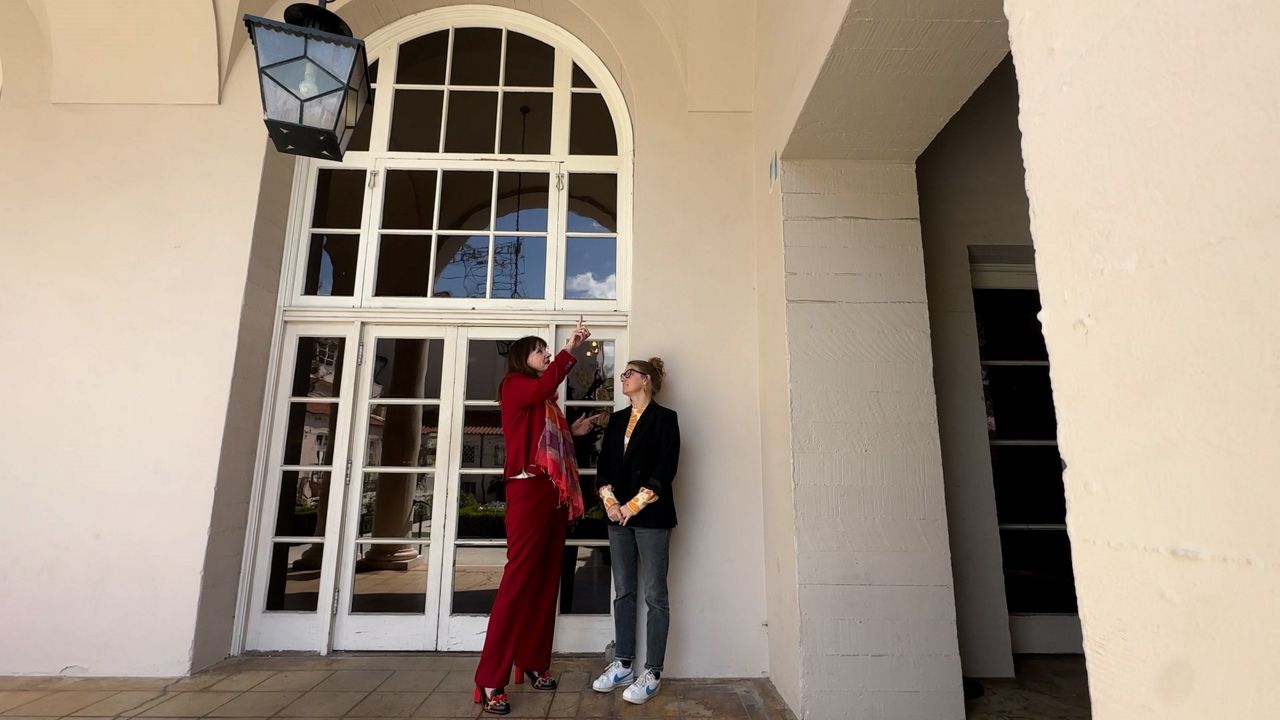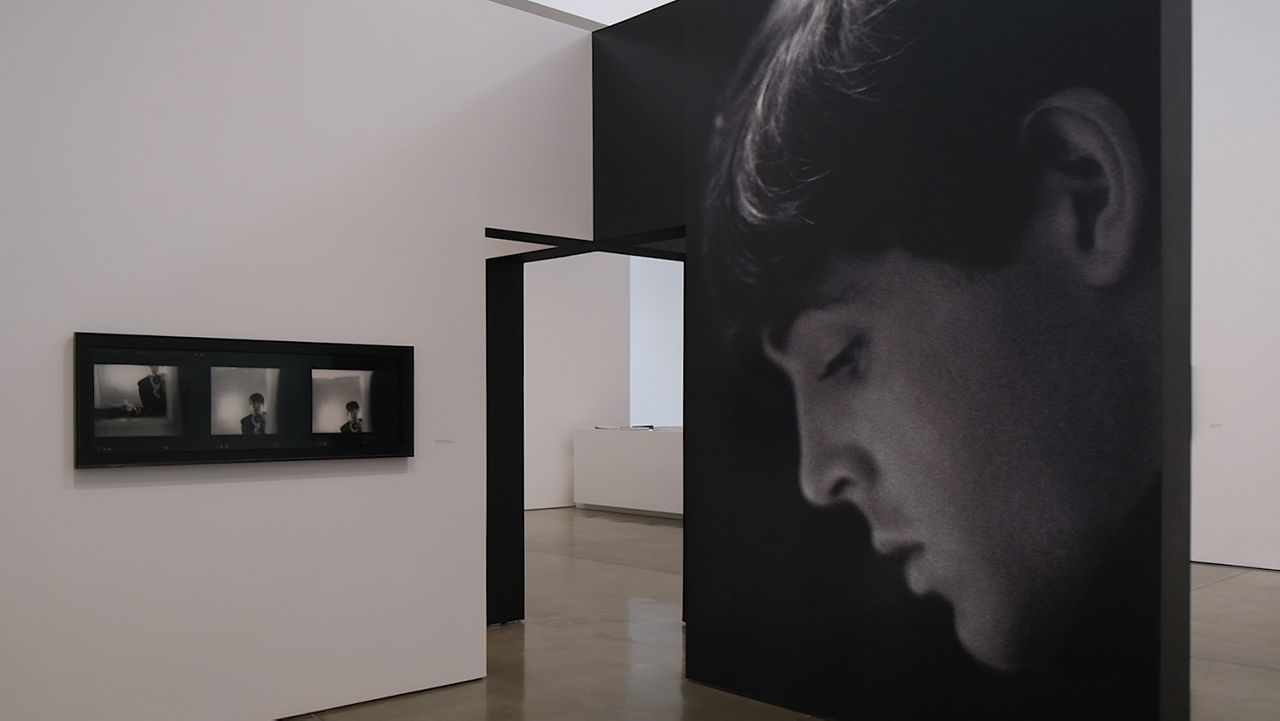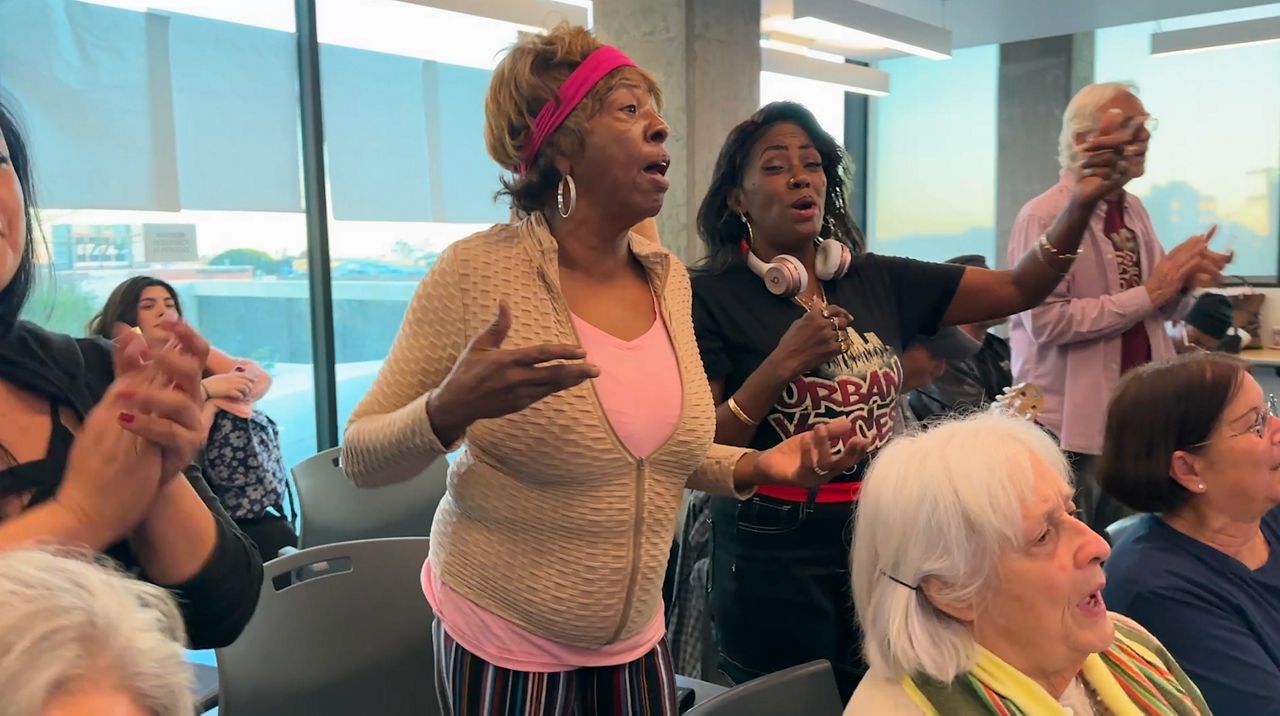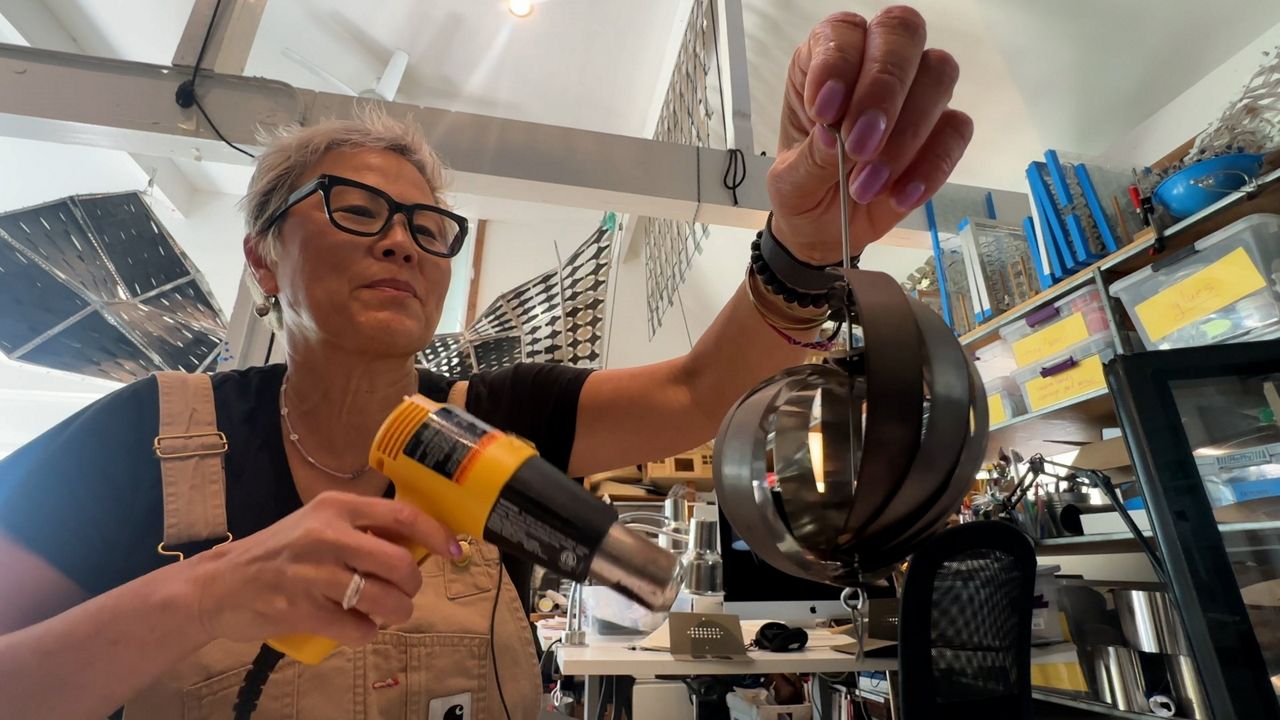LOS ANGELES — After nearly a century buried beneath layers of paint, an artistic treasure has been found. Stacy Brightman, executive director of the Ebell of Los Angeles, remembers getting the call from painting conservator Kiernan Graves.
“She was like, 'Oh, girl, you got frescoes,'" Brightman said.
And not just frescoes — giant vibrant murals by renowned artist Maxine Albro depicting four women known as the Sibyls.
“The sibyls are these extraordinary, mythical women who are prophetess,” Brightman said. “They are oracles who are oftentimes not believed.”
They were even silenced or repressed, which adds a layer of irony to this multilayered tale. The Ebell was founded in the 1890s and moved to a classical-style campus in the late 1920s. In 1933, the club commissioned Albro to paint the murals, which proved so controversial that they ignited a two-year battle known as the Sybil War.
A group of unhappy members complained the frescoes were “loud in color,” “glaring,” “out of proportion” and “disturbing.”
A vote was taken. The sybils had to go. But their fate after that has been a mystery.
“There was reports that these frescoes had been chipped away. There was even somebody who's talked about there was a lye wash,” Brightman said. “So almost from the get go there was this question about are they there? Are they not there? And if they are there, what's the condition of them?”
A few attempts were made over the years to answer those questions, but finally science and technology has made it possible to safely peel back the past. Kiernan Graves, who has worked on murals from San Francisco to King’s Tut’s tomb, and Shawdalynn Hall an apprentice from The Broad, excavated two small areas — first with a scalpel and then a Q-tip.
“As we got closer to the original underneath, we use chemical methods and materials called nano gels, which are newly developed through conservation scientists at the University of Florence,” Graves said.
And then suddenly, there it was: a shock of blue, unexpected since all that exists are black-and-white photographs.

“The background is actually sort of this eggshell blue,” Graves said, pointing to the small exposed square of painting. “And that was that was a big surprise to all of us.”
That includes Meredith Drake Reitan, the Ebell’s scholar in residence, who unboxed a lot of the archives that led to this renewed search. As a historian, she says this is as good as it gets.
"This was one of those amazing examples where the past really moved forward because the conversations that we're having about the future of art, about sort of different representations of art, are all sort of conversations that are extremely important today," she said.
Just as the sybils were gifted with foresight, Brightman says that so were the women who fought to protect the frescos from complete demolition.
"There's records of women saying, 'No, no, no, no, let's save them. Cover them up. Let them sleep. And 50 years from now, we'll know if this is great art,'" she said.
Either that or 90 years — or more — since the frescoes need to sleep a bit longer. Over the next decade, the Ebell campus will undergo a major seismic retrofit, but Brightman says that knowing the paintings are there will inform how the renovations are done.
For now, the sybils remain covered — ladies-in-waiting, hoping one day their true colors will shine.




)



